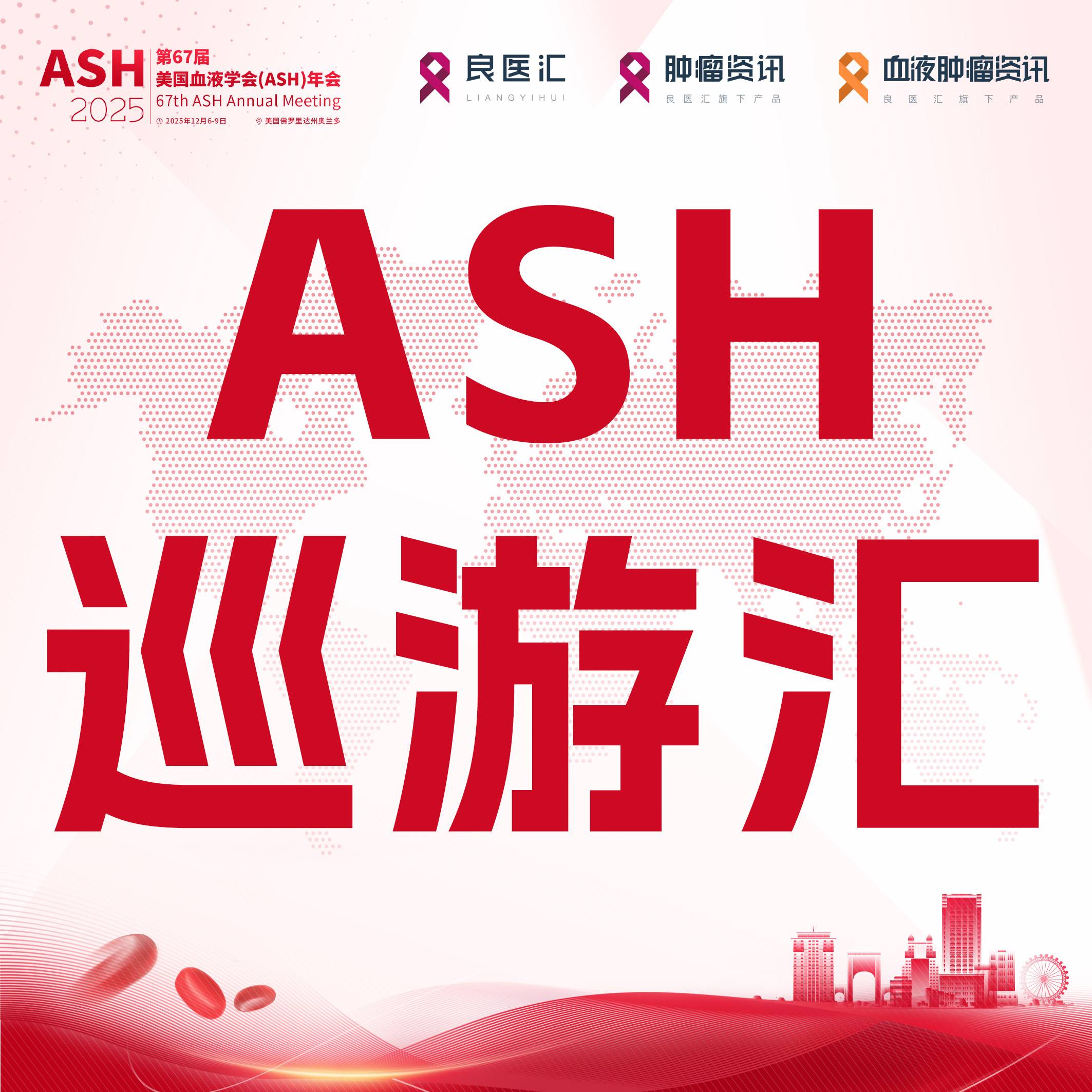JAMA Oncology(IF=28.4)期刊于近期在线发表了一篇题为“Cyclin-Dependent Kinase 4/6 Inhibitors for Treatment of Hormone Receptor-Positive, ERBB2-Negative Breast Cancer: A Review”的综述。【肿瘤资讯】对该综述主要内容予以整理,以飨读者。 本篇(下)主要介绍CDK4/6i相关的内在亚型、毒性作用、辅助性试验、药物基因组学和种族差异。

内在亚型
有关CDK4/6i+ET的HR+/HER2-MBC患者中BC内在亚型的预后和预测价值的数据已经出现。在PALOMA-2和PALOMA-3试验中, 使用EdgeSeq Oncology Biomarker Panel进行的信使RNA分析显示,尽管非管腔内在亚型的患者数量较少,两种管腔亚型(A和B)仍均受益于来曲唑加用哌柏西利[17]。Prat等在MONALEESA试验中对PAM50固有亚型进行了回顾性生物标志物分析,发现对瑞波西利的反应存在差异。HER2富集型在ET单药治疗时预后最差,但使用瑞波西利加ET时进展或发生死亡风险的相对降低幅度最大(HR: 0.39; P<0.001), luminal A和luminal B型具有显著的PFS优势,基底样型则无获益。
在 HR+MBC中采取更个体化的 CDK4/6i处方,存在两个障碍。首先,当前对原发和继发性耐药的生物学基础还不完全明确。其次,缺乏准确的预测性生物标志物[18]。只有 ER表达和 Rb突变被证明可预测 CDK4/6i疗效。尽管在HR+/HER2- MBC中,CDK4/6i+ET的关键性试验中有观察到OS的优势,但关于患者何时能最佳地接受 CDK4/6i治疗的1级证据仍然缺乏。
Ⅲ期SONIA试验(NCT03425838)比较了 1L 和 2L CDK4/6i在HR+/HER2- MBC中的应用,主要终点是2L治疗后的PFS2。由于这项试验中最常用的哌柏西利所带来的PFS改善并不能转化为OS的改善,故PFS2可能不是最佳的研究终点。此外,考虑到在2L环境中继续使用某些CDK4/6i的新兴获益,需要凭借已完成和正在进行的研究(如MAINTAIN(NCT 02632045)、PACE(NCT03147287)和MONARCH后(NCT05169567))的结果来解释SONIA试验的发现。
疾病生物学和/或转移性疾病的位点可以帮助确定添加到ET的CDK4/6i的增量效益。ET单药治疗的meta分析显示,绝经后HR+/HER2-MBC患者合并肝脏转移的预后明显比非肝脏转移差[19]。MONARCH2和MONARCH3的探索性联合分析显示,在具有侵袭性临床和生物学特征(如肝转移)的患者亚群中,在ET中添加阿贝西利可获得更大的获益[20]。相比之下,在MONALEESA-2中,与其它受试者(HR: 0.91)相比,新发HR+ MBC患者从瑞波西利联合来曲唑(HR: 0.52)中得到的OS获益更大。III期试验的最终OS数据对于理解这些生物学特征是否会改变瑞波西利或阿贝西利的生存获益至关重要(表4)。
表4 CDK4/6i在HR+/HER2-早期乳腺癌(EBC)和MBC中的临床疗效
毒性作用
虽然与单独的ET相比,CDK4/6i加ET的组合疗法可能会增加毒性,但尚未观察到总体生活质量下降。使用哌柏西利和瑞波西利时,最常见的3级和4级不良事件(AE)为中性粒细胞减少症和白细胞减少症(约50%~60%)[21]。瑞波西利可导致QTcF间期延长(在接受瑞波西利+他莫昔芬的患者中约为16%,在接受瑞波西利+非甾体芳香化酶抑制剂的患者中约为7%)以及血清转氨酶升高,这是治疗中断的常见原因[22,23]。
阿贝西利与哌柏西利和瑞波西利具有不同的药理学和毒性特征,即中性粒细胞减少较少,但腹泻、恶心和较不常见的静脉血栓栓塞事件(5%)较多[24]。 腹泻通常是低级别的,很少因此导致药物剂量减少或患者住院治疗。
然而,MONARCH 3试验中约81%的患者报告腹泻(9.5%为3/4级)[25]。尽管CDK4/6i中性粒细胞减少症的发生率较高,但发热性中性粒细胞减少症罕见,3~4级中性粒细胞减少症的剂量调整对PFS无不良影响[26,27]。其它不常见但严重的不良反应包括间质性肺病/肺炎(1.6%)和静脉血栓栓塞事件(0.6%~5%)[28,29]。
辅助性试验
在HR+ EBC中评估辅助CDK4/6i的前瞻性试验显示出了相互矛盾的结果。PALLAS试验(n=4600)评估了在ET基础上增加2年哌柏西利治疗是否可改善Ⅱ期和Ⅲ期ER+/HER2-EBC患者的IDFS。在第二次中期分析时,研究因无效而停止。具体而言,哌柏西利+ET组的3年IDFS为88.2%(95%CI:85.2%~90.6%),ET单药组为88.5%(85.8%~90.7%)(HR: 0.93;95%CI:0.76~1.15; log-rank P = 0.51)[30]。PENELOPE-B(n=1250)是一项双盲、安慰剂对照、III期研究,旨在评估哌柏西利联合ET治疗1年对新辅助全身治疗后无病理学完全缓解的高危HR+/HER2-EBC女性患者的获益[31]。与PALLAS一样,哌柏西利与安慰剂加ET相比没有改善患者的IDFS(HR: 0.93; 95%CI: 0.74~1.17; P=0.52)。
monarchE(n = 5637)试验是一项III期临床试验,将HR+/HER2-EBC的高危患者随机分配至ET组(联合或不联合阿贝西利)治疗两年[32]。 在一项预先计划的疗效中期分析中,阿贝西利联合ET与单用ET相比改善了IDFS(HR:0.713; 95%CI:0.583~0.871; P=0.001),2年IDFS率分别为92.3%和89.3%。在42个月随访时,所有患者均停用阿贝西利,IDFS获益增加(HR: 0.664; 95%CI:0.578~0.762)。 4年时,IDFS的绝对差异增加到6.4%(79.4% vs 85.8%),而2年和3年IDFS的绝对差异分别为2.8%和4.8%[33]。
药物基因组学和种族差异
CDK4/6i在药理学、激酶靶点、中枢神经系统渗透性和单药治疗临床活性方面表现出明显差异。此外,亚洲患者与白人患者在药物代谢、遗传因素、营养状况和病理学特征上的差异可能影响CDK4/6i的疗效[34,35]。1L随机CDK4/6i试验报告了亚裔和非亚裔患者的汇总PFS风险比存在显著差异(0.39 vs 0.62; P=0.002)。亚洲患者的AEs发生率较高。对PALOMA-3亚洲受试者的分析指出,哌柏西利联合氟维司群安全有效,但3级和4级中性粒细胞减少症的发生率较高[36]。
小结
CDK4/6i加ET是1L和2L环境中HR+/HER2-MBC患者的标准治疗,当前的临床试验反映了PFS、OS改善和患者生活质量的维持。 然而,哌柏西利在OS(转移性疾病)和IDFS(辅助性治疗)方面始终未有改善,这表明CDK4/6i不应互换使用。 继续努力识别最有可能从CDK 4/6i治疗中获益的HR+EBC和MBC患者,并优化治疗顺序,有助于对转移性和辅助性CDK4 /6i试验中不一致的结果更深入地理解。未来的研究应该聚焦于确定每个CDK4/6i在HR+乳腺癌中的作用,并开发这些药物的生物标志物定向整合。CDK4/6i治疗是HR+/ HER2-MBC治疗模式的重要组成部分,研究者需在以最循证的方式开具处方的同时,发现具有临床效用的最佳方案。
[17] Finn RS, Liu Y, Zhu Z, et al. Biomarker analyses of response to cyclin-dependent kinase 4/6 inhibition and endocrine therapy in women with treatment-naïvemetastatic breast cancer. Clin Cancer Res. 2020;26(1):110-121. doi:10.1158/1078- 0432.CCR-19-0751
[18] Schoninger SF, Blain SW. The ongoing search for biomarkers of CDK4/6 inhibitor responsiveness in breast cancer. Mol Cancer Ther. 2020;19(1):3-12. doi:10.1158/1535-7163.MCT-19-0253
[19] Robertson JFR, Di Leo A, Johnston S, et al. Meta-analyses of visceral versus non-visceral metastatic hormone receptor-positive breast cancer treated by endocrine monotherapies. NPJ Breast Cancer. 2021;7(1):11. doi:10.1038/s41523-021- 00222-y
[20] Goetz MP, O’Shaughnessy J, Sledge Jr GW, et al. Abstract GS6-02: the benefit of abemaciclib in prognostic subgroups: An exploratory analysis of combined data from the MONARCH 2 and 3 studies. Cancer Res. 2018;78(4)(suppl):GS6-02. doi:10.1158/1538-7445.SABCS17-GS6-02
[21] Finn RS, Martin M, Rugo HS, et al. Palbociclib and letrozole in advanced breast cancer. N Engl J Med. 2016;375(20):1925-1936. doi:10.1056/NEJMoa1607303
[22] Tripathy D, ImSA, Colleoni M, et al. Ribociclib plus endocrine therapy for premenopausal women with hormone-receptor-positive, advanced breast cancer (MONALEESA-7): a randomised phase 3 trial. Lancet Oncol. 2018;19(7):904-915. doi:10.1016/ S1470-2045(18)30292-4
[23] Rossi V, Berchialla P, Giannarelli D, et al. Should all patients with HR-positive HER2-negative
metastatic breast cancer receive CDK 4/6 inhibitor as first-line based therapy? a network meta-analysis of data from the PALOMA 2, MONALEESA 2, MONALEESA 7, MONARCH 3, FALCON, SWOG and FACT trials. Cancers (Basel). 2019;11(11):1661. doi:10.3390/cancers11111661
[24] Dickler MN, Tolaney SM, Rugo HS, et al. MONARCH 1, a phase II study of abemaciclib, a CDK4 and CDK6 inhibitor, as a single agent, in patients with refractory HR+/HER2- metastatic breast cancer. Clin Cancer Res. 2017;23(17):5218-5224. doi:10.1158/1078-0432.CCR-17-0754
[25] Goetz MP, Toi M, Campone M, et al. MONARCH 3: abemaciclib as initial therapy for advanced breast cancer. J Clin Oncol. 2017;35(32):3638-3646. doi:10.1200/JCO.2017.75.6155
[26] Verma S, Bartlett CH, Schnell P, et al. Palbociclib in combination with fulvestrant in women with hormone receptor-positive/HER2- negative advanced metastatic breast cancer: detailed safety analysis from a multicenter, randomized, placebo-controlled, phase III study (PALOMA-3). Oncologist. 2016;21(10):1165-1175. doi:10.1634/theoncologist.2016-0097
[27] Kristensen KB, Thomsen IMN, Berg T, Kodahl AR, Jensen AB. Dose modifications of ribociclib and endocrine therapy for treatment of ER+ HER2- metastatic breast cancer. Breast Cancer Res Treat. 2021;188(3):799-809. doi:10.1007/s10549-021- 06215-6
[28] Zhang Y,Ma Z, Sun X, Feng X, An Z. Interstitial lung disease in patients treated with cyclin-dependent kinase 4/6 inhibitors: a systematic review and meta-analysis of randomized controlled trials. Breast. 2022;62:162-169. doi:10.1016/j.breast.2022.02.011
[29] Gervaso L, Montero AJ, Jia X, Khorana AA. Venous thromboembolism in breast cancer patients receiving cyclin-dependent kinase inhibitors. J Thromb Haemost. 2020;18(1):162-168. doi:10.1111/ jth.14630
[30] Mayer EL, Dueck AC, Martin M, et al. Palbociclib with adjuvant endocrine therapy in early breast cancer (PALLAS): interim analysis of a multicentre, open-label, randomised, phase 3 study. Lancet Oncol. 2021;22(2):212-222. doi:10.1016/S1470-2045(20)30642-2
[31] Loibl S, Marmé F, Martin M, et al. Palbociclib for residual high-risk invasive HR-positive and HER2-negative early breast cancer—the Penelope-B trial. J Clin Oncol. 2021;39(14):1518-1530. doi:10.1200/JCO.20.03639
[32] Johnston SRD, Harbeck N, Hegg R, et al; monarchE Committee Members and Investigators.
Abemaciclib combined with endocrine therapy for the adjuvant treatment of HR+, HER2−, node-positive, high-risk, early breast cancer (monarchE). J Clin Oncol. 2020;38(34):3987-3998. doi:10.1200/JCO.20.02514
[33] Johnston SRD, Toi M, O’Shaughnessy J, et al; monarchE Committee Members. Abemaciclib plus endocrine therapy for hormone receptor-positive, HER2-negative, node-positive, high-risk early breast cancer (monarchE): results from a preplanned interim analysis of a randomised, open-label, phase 3 trial. Lancet Oncol. 2023;24(1):
[34] Mizutani T. PM frequencies of major CYPs in Asians and Caucasians. Drug Metab Rev. 2003;35 (2-3):99-106. doi:10.1081/DMR-120023681
[35] Pala L, Conforti F, Goldhirsch A. Ethnicity-based differences in breast cancer features and responsiveness to CDK4/6 inhibitors combined with endocrine therapy. Lancet Oncol. 2020;21(3):e130. doi:10.1016/S1470-2045(20) 30072-3
[36] Iwata H, Im SA, Masuda N, et al. PALOMA-3: phase III trial of fulvestrant with or without palbociclib in premenopausal and postmenopausal women with hormone receptor–positive, human epidermal growth factor receptor 2–negative metastatic breast cancer that progressed on prior endocrine therapy—safety and efficacy in Asian patients. J Glob Oncol. 2017;3(4):289-303. doi:10.1200/JGO.2016.008318
排版编辑:肿瘤资讯-饶运双











 苏公网安备32059002004080号
苏公网安备32059002004080号


